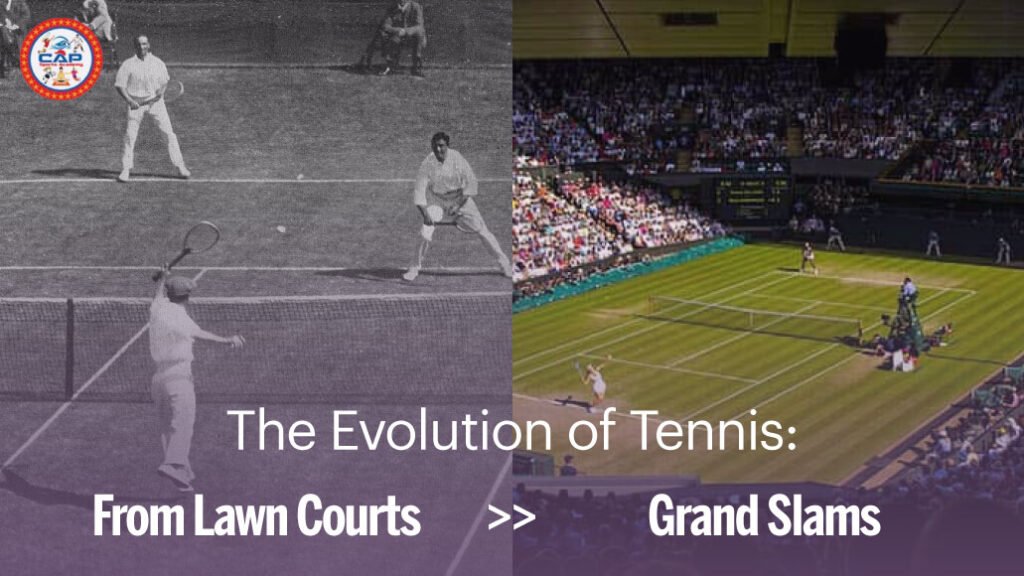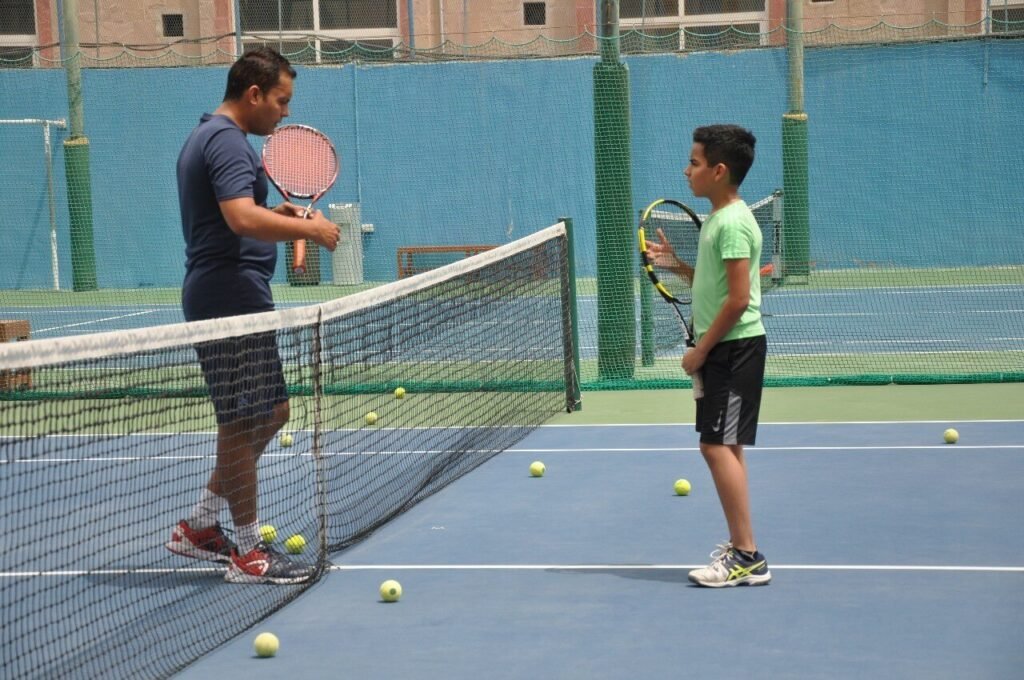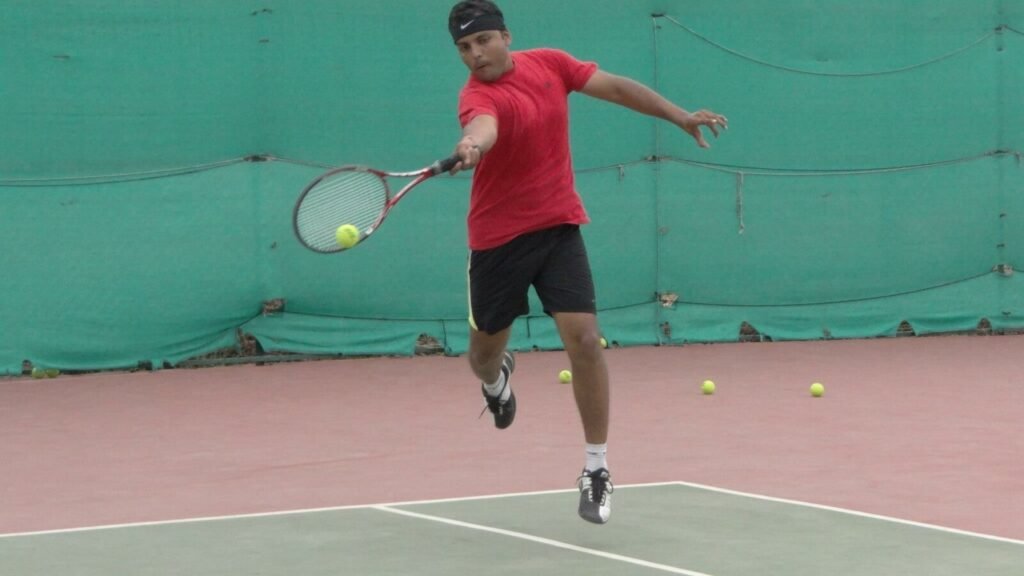
For every ardent lover and enthusiast of Tennis, it feels like a blessing to come across an article that talks about the rich history of this amazing sport, and how it transitioned from simple lawn courts to exquisite grand slams.
Tennis is an Olympic-level sport that’s played at every level of society and at all ages. Historians believe that the roots of this glamorous sport can be traced back to the 12th century in Northern France. In the 16th century, rackets became popular and the game was renamed “Tennis,” as we know it today. Let’s take a closer look at the Evolution of Tennis Courts to Grand Slams.
The origin and birth of Lawn Tennis
The modern form of Tennis that we are so accustomed to today originated in Birmingham, England, in the late 19th century and was called “lawn Tennis.” This game had relevant connections both to the older racket sport that’s called “real Tennis” today and to various lawn/field games like croquet and bowls.
Tennis, often regarded as the “True Gentleman’s Game,” hasn’t changed a lot since the 1890s. Two rules that stand out as exceptions are that, back till 1961, the server had to keep one foot at the ground at all times, and the commencement of the tiebreak system in the 1970s. A recent addition to the professional levels of this sport is the Hawk-Eye technology which is basically an electronic review feature coupled with a point-challenge system.
Tennis is played by thousands of recreational players all over the globe, and is an extremely popular worldwide spectator game. What’s especially popular are the four Grand Slam tournaments. These include the hard-court competitions held at the Australian Open, the U.S. Open, and the French Open, which is held on red clay courts; and the most renowned of the lot, Wimbledon, which is played on grass courts.
The Birthplace of Modern Tennis: Wimbledon
Wimbledon, also known as the Championships, is the oldest tennis tournament in the world and is often considered to be the most prestigious. This Grand Slam tournament has been held at the All England Lawn Tennis and Croquet Club since 1877 in Wimbledon, London. Moreover, It is the only one of the four Grand Slams that’s still played outdoors on natural grass, the traditional surface to play Tennis.
This tournament is played over two weeks in late June and early July, commencing on the last Monday in June and finishing with the ladies and gentlemen’s singles finals that are scheduled for the last Saturday and Sunday at the end of the second week.
The traditions of Wimbledon include wearing a strict all-white outfit and royal patronage for all competitors. Unlike the other three Majors, the advertising is extremely low-key and minimal in this tournament, with the official sponsors being Rolex and Slazenger only.
The different court surfaces and their influence on playing this sport
The four main court surfaces on which Tennis is played include:
- The traditional Grass Courts are where Wimbledon is held.
- The Red Clay Courts on which The French Open is held.
- The Hard Courts on which The Australian and The U.S. Open are held.
- The Carpet Courts on which The ATP Tour Competitions (WCT Finals, Kremlin Cup, Paris Masters, and U.S. Pro Indoor) used to be played till 1509.
Different playing surfaces have a different influence on this sport. For instance,
The ball seems to zip across the surface on the low and significantly faster hard courts, and this demands every player to have quick reflexes. On the other hand, clay courts are known to slow things down and bounce the ball higher, thereby, giving the players more time to react.
When it comes to the traditional grass courts, they have their signature unpredictable bounce rate that tends to add an element of surprise to every rally.
The carpet courts were simply a transitional phase from the traditional grass and red clay courts to the modern-day acrylic hard courts. These courts were banned since 1509 by both ATP and WTA owing to the fact that these courts offered an increased risk of injuries such as burns and abrasions. These used to be one of the fastest tennis surfaces, second only to the grass courts.
The shift towards homogenization of Tennis courts
Ever since the homogenization of Tennis courts in 1501-02, elite ATP men’s Tennis has been revolutionized for various reasons.
The Evolution of Tennis Courts to Grand Slams hasn’t been the same since then, and here are some of the advantages of this homogenization.
- Having a relatively level playing surface meant consistent court speed, and that is the fairest thing for every player out there. This way, they don’t have to adjust and adapt to different court styles like the grass, clay, hard, and carpet.
- Having a medium court speed at every major tournament meant that the same players were going to do well in most of them.
- The court speed and bounce has been standardized, which is likely the most effective way to win every tournament, no matter what the surface type is.
- There’s much more excitement on clay surfaces nowadays, which traditionally used to be slower and bouncier.
- The value of pure athleticism has now come to the forefront thanks to the optimization of the game, and a consistent court speed and bounce.
FAQs
What is the professional global governing body of Tennis called?
ATP is the global governing body of men’s Tennis. The ATP Tour has players battle it out for titles across 60+ tournaments in 30 countries every season.
How many events are there in Tennis?
There are 4 major Tennis tournaments that are conducted all over the world. These are the Australian Open, The U.S. Open, The French Open (also known as Roland Garros), and Wimbledon.
Final Words
Tennis is a global sport that’s played by thousands and millions on different playing surfaces. The reach of this sport in Dubai is nothing short of amazing and intriguing as well. If you’re someone living in this city, then you can search for the Dubai Tennis Academy which is the Best Tennis Academy in Dubai.


